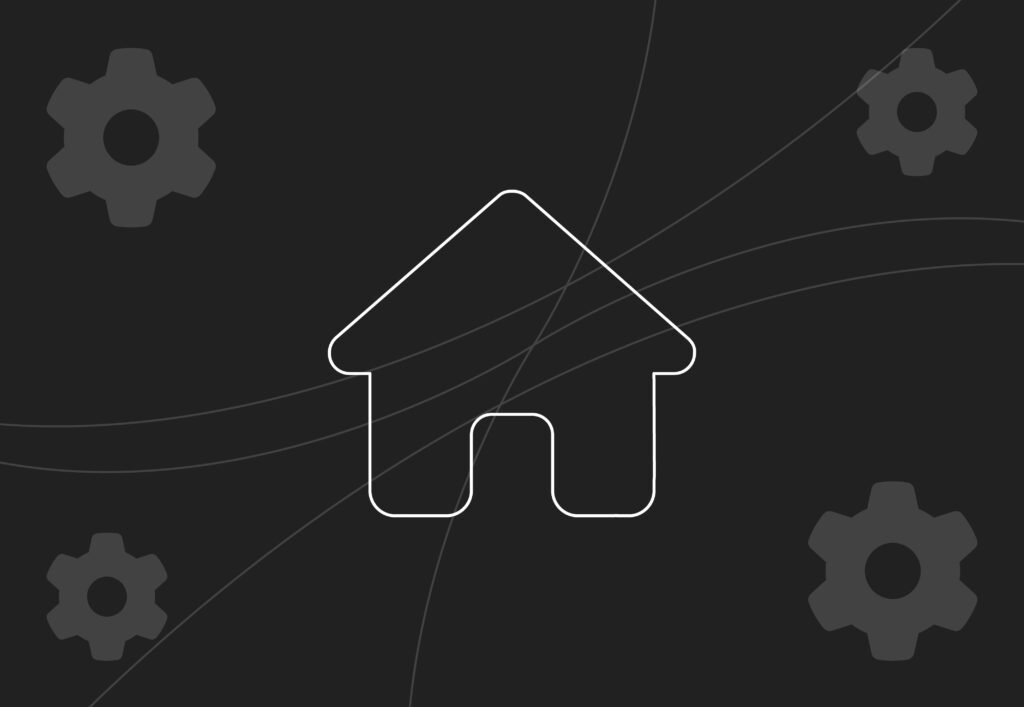
Who Is Your Target Audience? Why Knowing This Is Vital for Paid Social Campaigns

All businesses have their consumer’s interests first. If people don’t buy your products or services, your business won’t survive. It’s as simple as that. This simple question, ‘Who is your target audience?’ is the reason why it’s so important. You can no longer rely on just speaking to everyone, you have to find your target audience and create messages that are targeted towards them. Once you know your audience, you can get the most out of your marketing investment because you’re focusing on creating effective messaging and can make more informed decisions (data-driven) about which audiences to speak to or target.
However, finding the right audience isn’t as easy as you think it would be, and a process that needs thorough examination. It can also be quite daunting, however, fear not, we’re here to help you to try and find ways to know your target audience. So, if you’ve ever struggled to define your target audience or understand why you need to identify it in the first place, this blog is for you.
At Embryo, we take this very seriously, and it forms an important part of our digital marketing strategy, especially for our paid social campaigns. To learn more about that strategy feel free to get in touch with our team after you’ve read this blog by phone at 0161 327 2635 or email info@embryo.com.
What Is A Target Audience?
A targeted audience on social media is a group of people defined by specified behaviours and demographics. You should understand your brand well enough to know who your target audience is. These are the people who will resonate with your products and buy your products/services.
Five Steps That You Can Use To Define Your Target Audience
- Use the in-platform demographic feature: Platforms such as Facebook, Instagram, Twitter, and LinkedIn offer advanced targeting features that allow you to find out key demographics of your audience, such as; gender, age, platform etc…
- Identifying your goals: Doing this can help you determine which optimation is best suited for your business, whether that is brand awareness, lead generation, website traffic, or sales.
- Market Research: There’s no better information than collecting first-party data. This will allow you to gain insight into your customer’s demographics, interests, behaviours, and preferences. This data will help you create a profile of your target audience and will help you narrow it down.
- Running tests: By testing different targeting options, you will be able to see which audience provides the best results, which will give you insights into the data. Once you have run multiple tests, you can refine your audiences to become more efficient.
- Use third-party tools such as GA (Google Analytics): This data can provide valuable insights into the behaviour, preferences, and interests of your target audience, allowing you to make data-driven decisions and refine your targeting strategy within the platform.
Why Is Knowing Your Target Audience Important For Paid Social?
Firstly, it’s cost-effective, by defining your target audience, you can ensure that your ads are shown to users who are most likely going to be interested in your products or services. This can help you avoid wasting resources/money on irrelevant audiences, resulting wasting advertising. Another important reason is the impact it can have on conversion rates, because you’re refining your targeting, it increases the chances of generating stronger conversion rates, which will result in higher returns on investment (ROI) for your paid social media advertising campaigns.
Knowing who you’re speaking to increases your competitive advantage. It allows you to differentiate yourself from competitors, and position your brand as relevant and valuable to your target market for as little money as possible. Once you have discovered who you’re speaking to, you can change your tone of voice, and tweak and adapt your copy to suit them. This can help to increase the chances of users engaging with your business and taking action, such as making a purchase or signing up for your services.
Finally, it allows you to choose which social media platforms to use. If the majority of your audience is on Instagram, you would choose this platform as opposed to other social media platforms such as Twitter. You need to advertise where your audience is!
How Can Knowing What Your Competitors Do Help You With Your Target Audience?
- Audience overlap: By seeing what your competitors are doing, you can identify potential audience overlap. If your competitors are targeting a specific audience segment, it may indicate that this audience is interested in your industry or offerings as well. This can help you narrow down your target audience and focus your efforts on reaching a certain clientele at very little cost.
- Saves you time/money: If you always know which audience converts, you won’t have to test/find winning audiences, which will help improve efficiency.
- Targeting insights: You can look at the demographics, interests, behaviours, and locations they are targeting in their ads, which can help you refine your target audience. For example, if you notice that your competitors are targeting a specific age group or geographic location, you can consider including or excluding that segment in your target audience based on your business goals/objectives.
- Competitive advantage: Understanding your competitors’ strengths and weaknesses will help you gain a competitive advantage. Analysing what differentiates your business from competitors can also help.
In summary, defining your target audience is essential for paid social media advertising as it allows you to optimise your ad spend, higher conversion rates, create relevant messaging, improve ad performance etc. If you’ve ever experienced problems or don’t know how to identify your target audience, please get in touch with our award-winning paid social team or email us today at info@embryo.com.


